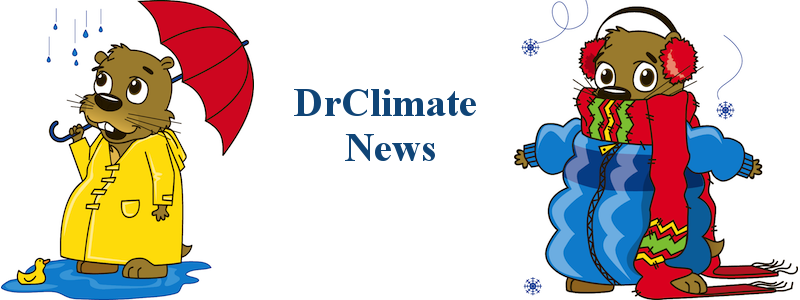
- Greenhouse gases, including carbon dioxide, methane and water vapor, trap heat in the Earth's atmosphere and warm the planet.
- In general, the greenhouse effect is a good thing. Without greenhouse gases, the temperature on Earth would be too cold to support life. With too many, it would heat up beyond survivable levels. Earth is sometimes called the Goldilocks Planetbecause it is "just right."
- Since 1958, the amount of carbon dioxidein the atmosphere has been measured from an observatory on Mauna Loa, a volcano in Hawaii.
- The pre-industrial concentration of carbon dioxide in the atmosphere was 280 parts per million(ppm). As of March 2009, it has reached 387 ppm.
- Today, the amount of carbon dioxide is higher than at any time in the last 650,000 years.And the Earth's average temperature is increasing faster than ever before.
The Intergovernmental Panel on Climate Change projects that temperatures will rise 3.2 - 7.2 degrees Fahrenheit in the 21st century. Dramatically reducing levels of global warming pollution may keep the rise in the lower part of this range.
Contributing to Climate Change
- The United States releasesmore carbon dioxide than any other country, though it is home to just five percent of the world's population. If everyone in the world lived the way people do in the U.S., it would take five Earths to provide enough resources for everyone!
- The amount of carbon dioxideemitted by the average family in the United States breaks down this way:
- One halffrom heating and cooling the house
- One quarterfrom transportation
- One quarterfrom using electricity
- Burning one gallonof gasoline puts 19 pounds of carbon dioxide into the atmosphere.
Effects on People, Wildlife and the Planet
- Average sea levelis expected to rise 7 - 23 inches before the end of this century - and perhaps as much as 31 inches (if, as some models predict, the rate of ice melting from Greenland and Antarctica increases).
- All but 100 of 1,100 glaciersresearched are receding (more ice melts in summer than re-forms the next winter).
- The current pace of global average temperature rise puts approximately 20 to 30 percent of plant and animal speciesat increased risk of extinction.
- Rain forest destructioncontributes to climate change. That's because trees store carbon dioxide as they grow. Clearing and burning forests releases large amounts of carbon dioxide into the atmosphere.
Coral reefs are as important to marine wildlife as rainforests are to land-based wildlife. Rising seawater temperatures threaten their survival. The world lost about 16% of all coral reefs in 1998, the second hottest year on record.
http://www.nwf.org/Eco-Schools-USA/Become-an-Eco-School/Pathways/Climate-Change/Facts.aspx
